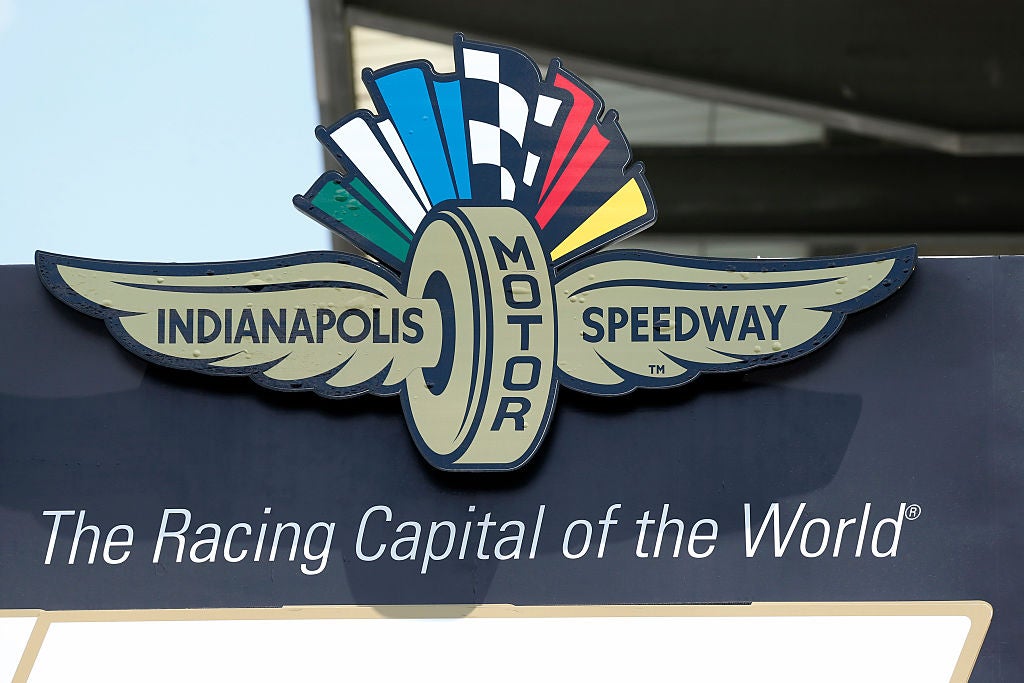
The state of Indiana is known as ‘the Crossroads of America’, so it is perhaps unsurprising that its capital and largest city, Indianapolis, is a major logistics hub. There is more than merely logistics to this city, however, which has a population of around 887,000, making it the 15th largest in the US.
The city has acquired a reputation for being somewhat sports-crazed, while its economy thrives in other areas such as life sciences and tourism, all of which has pricked up the ears of investors.
Indianapolis’s incentives strategy
Currently, Indianapolis has an ‘inclusive incentives‘ strategy in place as part of its economic development plan. This is aimed at encouraging inclusive economic growth and broadening job access in Indianapolis.
The strategy focuses on the following pillars:
- Eliminating persistent racial disparities in access to jobs.
- Leveraging economic incentives to achieve broader community benefits.
- Improving access to quality education.
- Supporting workforce training programmes.
- Assisting underinvested neighbourhoods.
- Improving access to support services.
To achieve this, the focus is on a tax abatement programme, a training grant programme, a land strategy and a community impact network.
This plan will, of course, leverage Indianapolis’s existing economic strengths, but as Susanna Taft, deputy director of Indianapolis Economic Development, explains, these strengths go a long way beyond logistics.
“As the Crossroads of America, Indy is easily connected to several large metros, but few cities can compete with Indianapolis' investment in innovation, connectivity and cross-industry collaboration," she says.
“Indianapolis regularly brings together some of the brightest minds in growing industries, which creates a culture that drives change, placemaking and breakthrough innovations.”
When it comes to foreign direct investment (FDI) flows to the city, our FDI Projects Database tracked a total of 18 projects over the three years between 2019 and 2021, with a surge in 2020 when ten greenfield projects were recorded.
Indianapolis thrives in life sciences and sports
Our FDI Projects Database also shows that out of the projects tracked between 2019 and 2021, 17% were in the pharmaceutical sector, while logistics, aerospace, automotive and food all ranked in joint-second place with 11% of the share each.
“Indianapolis is attracting employers and entrepreneurs in tech, advanced manufacturing, life sciences, sports, advanced energy technology and, of course, motorsports,” explains Taft, alluding to something Indianapolis has a global reputation for.
The city is home to 11 professional sports teams and hosts the headquarters of the National Collegiate Athletic Association (the main governing body for US collegiate sports), the National Federation of State High School Associations, and is the venue of the world-famous Indianapolis 500 car race.
Sport may grab the headlines, but Taft is equally excited about Indianapolis's other industrial strengths, saying: “Additionally, our strong life sciences and technology industries make us uniquely poised for growth in agtech.”
In terms of investment in the city, in 2021, economic development organisation Develop Indy had pursued 71 successful relocation and expansion projects, leading to 4,575 jobs being created, 2,537 jobs being retained and $572m in new investment as of 7 December.
When it comes to the origin of the city’s FDI inflows over the 2019–21 period, our data shows that Germany ranked first with seven projects, followed by Switzerland, Ireland and Canada with two projects apiece.
Indianapolis's redevelopment through investment
Speaking about the ways in which Indianapolis has changed over the past decade, Taft explains that the city has been making “strategic and impactful investments that continue to accelerate Indy's growth”. These investments, she says, have led to “a vibrant and walkable downtown, an expanding bus rapid transit system, the 16 Tech urban innovation district, new direct flights from the best airport in North America (ten years running) and second-largest FedEx hub, and a strong sports and tourism economy”.
“In the next few years, we expect to see almost $1bn in downtown redevelopment activity, including high-end hotels, apartments, a new concert venue, etc, the growth of a strong radiopharmaceutical cluster, transit-oriented development and a new vision for the Circle Centre Mall which spans two city blocks,” adds Taft.
With its strong position as a logistics hub and continuous investment flowing into the city’s redevelopment, Indianapolis would appear to be a US city to watch in the next decade, beyond its sporting output.



